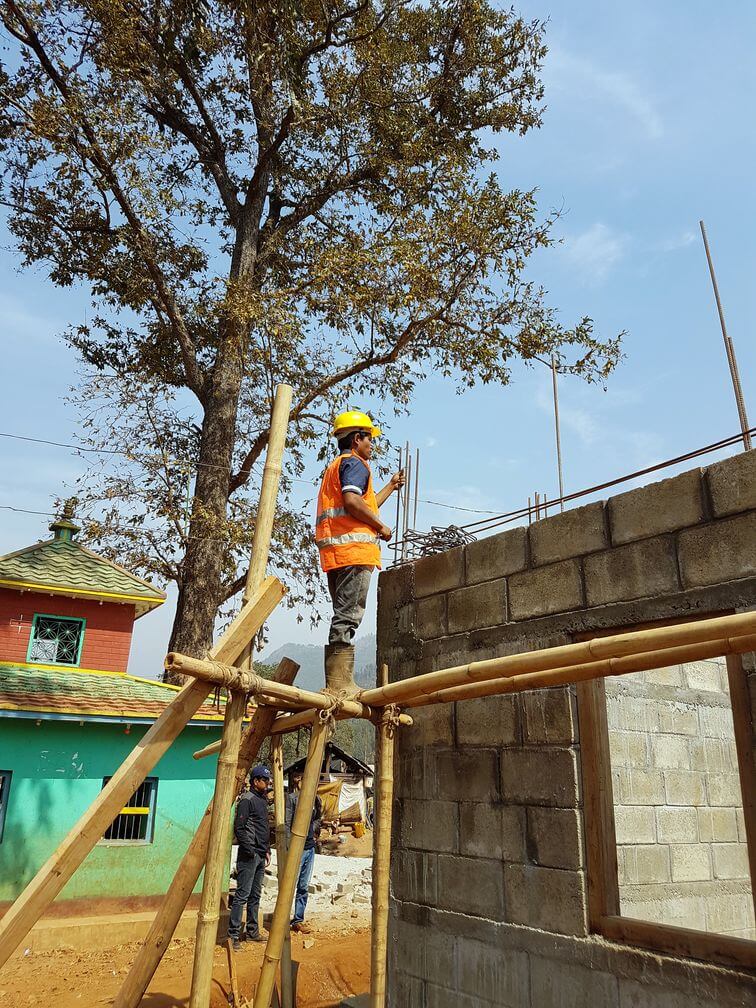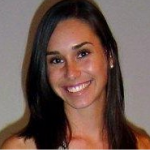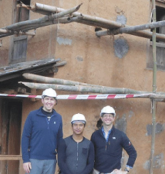
On April 25, 2015, a magnitude 7.8 earthquake struck nearly 50 miles (80 km) northwest of Kathmandu, the capital of Nepal. This resulted in more than 8,600 fatalities, the destruction of around half a million homes, and left 2.8 million people displaced.
Some two years on and rebuilding efforts have barely started, as US$4.1 billion of pledged international aid is reportedly stalled within Nepal’s National Reconstruction Authority.
As of February 2017, 14,000 homes have been rebuilt and some 30,000 homes are in construction – less than a tenth of the total number of homes destroyed.
Contrast this with the situation in Chile. Since a magnitude 9.4 earthquake in 1960, the country has focused on adequate seismic design requirements within its building code, with both government and the public willing to follow the principles of earthquake-resistant building design. And it’s paying off.
After a magnitude 8.8 quake in 2010, structures in areas that experienced strong shaking had less damage than would have been seen if building codes were weaker. Of 370,000 housing units affected by the earthquake, nearly half experienced only minor damage, and just 22 percent were destroyed. Where commercial buildings were designed with the help of structural engineers, only five were destroyed, according to the U.S. Geological Survey.
This wide inequity in resilience between two countries facing major seismic hazard brings into sharp focus the urgent need for better quantification, mitigation, and post-event protection for all people, regardless of their location.
Bridging the Divide
Communities around the world can become more resilient both before an event strikes, through practices such as construction education and the implementation of building codes, or post-event by providing insurance and other appropriate risk transfer solutions for individuals and governments. By empowering these stakeholders, our industry can play a vital role in helping to ensure a safer world for all.
Social enterprises such as Build Change, who work on the ground in countries like Nepal, Columbia, and Haiti, are helping to bridge some of this ‘resilience gap’ by working with local governments to institute building codes and train their construction sectors in locally attainable and safe building practices. Over the past 10 years, Build Change has trained over 25,000 people in the basics of safe construction, created over 12,000 local jobs, and enabled 245,000 people to live and learn in safer homes and schools within some of the most catastrophe-prone regions of the planet.

This week, during the annual RMS Impact Trek, both our employees and our clients representing major insurance and reinsurance firms are working together on the ground in Nepal with Build Change, exploring solutions to bring greater synergy and resilience capacity-building to the forefront of our market. We are proud to partner with Build Change by also providing grants to jumpstart and enhance its country programs, and allowing the organization to use our products for free in order to better quantify the risk landscape of the countries in which they operate.
All of us within the insurance industry have an opportunity to reshape the future for communities around the globe by allowing them to better measure and understand their risk, so that responsible mitigation efforts can take shape. We can create tools to help ensure that those who are struck by catastrophe can recover quickly and completely.
At RMS, we remain focused on contributing to this mission by strengthening resilience from the ground up, and continuing our work alongside impactful organizations like Build Change.








